JDE Integration Using Magic xpi Certified Oracle JD Edwards Connector
Last Updated on March 22, 2024 by Tatyana Vandich
The smooth flow of data between business systems and applications is an important element in the day-to-day business operations of any enterprise. This cannot be achieved without integrating business systems with each other.
Integration & Automation
As an integration service provider with more than 24 years of experience, we help companies find the best integration solution that not only works but also improves their business processes.
Continuing our series of articles about various integration methods of Oracle JD Edwards, today we will look at the integration of JD Edwards using Magic xpi Certified Connector.
Oracle JD Edwards – Overview
Oracle JD Edwards EnterpriseOne, often abbreviated as JDE, is an enterprise resource planning (ERP) software system. JD Edwards helps organizations manage their business processes and streamline operations. It covers areas such as financial management, supply chain, manufacturing, human capital management, and more.
The Oracle JD Edwards EnterpriseOne solution can be installed either on-premises or through a cloud-based service. Business owners can choose the deployment model that best suits their needs thanks to this flexibility.
Oracle Cloud Infrastructure (OCI): You can provision JD Edwards EnterpriseOne on Oracle Cloud Infrastructure. This allows you to create a multi-host, secure, high-availability topology. Benefits include elastic expansion, lower costs, and risk reduction.
A hybrid cloud approach is widely adopted by many organizations. For example:
- Deploy development and test environments on the cloud while keeping production on-premises.
- Run JD Edwards instances on the cloud while integrating with on-premises systems.
- Extend JD Edwards functionality using cloud-based services like Oracle Mobile Cloud or Business Intelligence Cloud.
Content and Collaboration: JD Edwards integrates with Oracle Content and Experience Cloud, enabling real-time enterprise conversations and access to content in the cloud.
Magic xpi Integration Platform and its Certified Oracle JD Edwards Connector
Magic xpi is an integration platform that connects different software applications, systems, and databases. It acts as a bridge, allowing them to communicate and share data seamlessly.
The Magic xpi Oracle certified JDE Connector acts as a bridge, connecting your JD Edwards ERP system with other applications, databases, and systems. Its goal is to enable smooth data exchange, automate processes, and enhance business agility.
JDE Connector – Certified and Validated by Oracle
Magic xpi is the only solution that comes with a built-in, certified JD Edwards connector. Magic xpi’s JDE connector has undergone rigorous testing and evaluation by Oracle. Thus, Oracle has independently verified that Magic xpi’s JDE connector meets specific criteria and confirms that the connector works harmoniously with Oracle products.
Why it matters:
- Reliability: Certification ensures that the connector functions as intended, minimizing errors and issues.
- Compatibility: It seamlessly integrates with JD Edwards, adhering to JDE’s standards and protocols.
- Peace of Mind: Organizations can trust that the connector won’t disrupt their JDE environment.
Out-of-the-Box Integration with JDE Connector
When a solution offers out-of-the-box integration, it means that you can use it immediately without requiring extensive custom development or additional coding.
Magic xpi JDE Connector is specifically designed to work seamlessly with JD Edwards’ business functions right out of the box. So, you don’t have to spend weeks writing custom code or configuring intricate settings. Instead, you can start integrating JDE with other systems quickly, leveraging the connector’s built-in capabilities.
USEFUL: Download Free Whitepaper – Magic xpi Integration Platform
Magic xpi – Loosely Coupled Integration
Often organizations face difficulties in the process of upgrading their customized JD Edwards environment. When businesses have tailored their JDE system to meet specific needs (custom fields, workflows, etc.), upgrading to a new version can be complex.
Challenges may include:
- Ensuring that customizations remain compatible with the upgraded JDE version.
- Migrating custom data and business logic seamlessly.
- Testing and validating the entire environment post-upgrade.
Magic xpi’s certified connector addresses these challenges by providing a reliable integration solution that bridges the gap between customized JDE environments and other systems.
Magic xpi Integration Platform and Business Logic Enhancement
Business logic refers to the rules, processes, and calculations that govern how an application or system behaves based on business requirements.
Business logic resides in the core functionality of software applications. It defines how data is processed, validated, transformed, and acted upon.
Examples:
- Order Processing: When an order is placed online, business logic determines how it’s validated, whether inventory is available, and how payment is processed.
- Pricing Calculations: Business logic calculates prices based on discounts, taxes, and other factors.
- Workflow Approval: Logic defines who approves a purchase request and under what conditions.
In the context of integration flows, business logic plays a crucial role:
Data Transformation: Logic ensures that data from one system is correctly mapped and transformed to fit the requirements of another system.
Decision Making: Logic determines when certain actions should occur. For example, if an order exceeds a certain amount, additional approval steps might be needed.
Error Handling: Logic defines how errors are handled—whether to retry, notify, or take alternative actions.
Data Enrichment: Logic can enhance data by adding context (e.g., customer segmentation, product categorization).
Event Triggers: Logic decides when an integration flow should be triggered (e.g., when a new customer is added to the CRM system).
Magic xpi’s Role in Business Logic Enhancement
Oracle Orchestrator connects to JD Edwards (JDE) and handles basic integration tasks. Magic xpi complements this by providing additional layers of intelligence:
- Custom Logic: Magic xpi allows you to add custom business rules specific to your organization.
- Complex Workflows: You can create intricate workflows involving multiple systems, approvals, and notifications.
- Conditional Logic: Magic xpi lets you define conditions for data routing (e.g., if the order value is high, send it for manager approval).
- Data Enrichment: Enhance data during integration by adding relevant information.
- Error Handling Strategies: Magic xpi provides options for handling errors gracefully.
By enhancing business logic, Magic xpi ensures that integration flows align with your organization’s unique processes and requirements. Therefore, business logic is the brain behind how systems behave, and Magic xpi enriches this logic to create powerful, customized integration flows.

Business Functions in JD Edwards
Business functions are modular units of code within JD Edwards. They encapsulate specific tasks, operations, or business logic.
These functions serve as building blocks for various processes within JDE. They handle data validation, security, and data integrity. For example:
- An order processing function that validates customer orders.
- An inventory adjustment function that updates stock levels.
- A financial calculation function that computes tax amounts.
Magic xpi and Business Functions
As previously stated, JDE Business Functions are specific actions or operations performed within the JD Edwards framework, that encompass a wide range of tasks to facilitate data transformation, validation and manipulation.
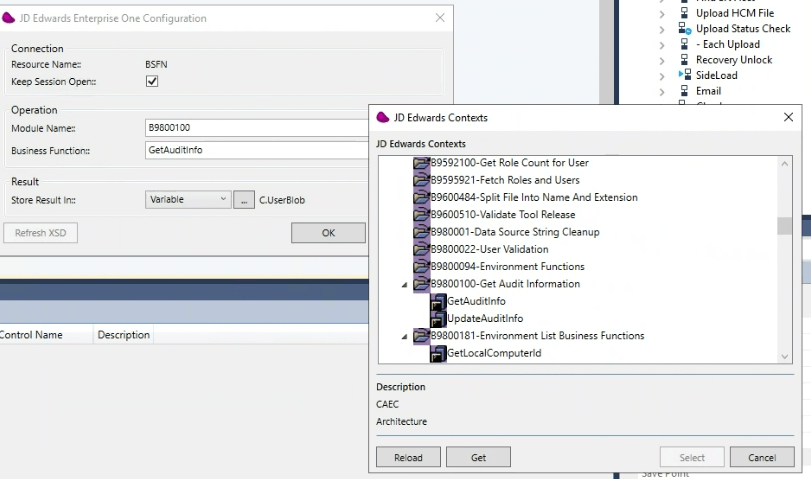
Invoking Business Functions from within Magic xpi:
Magic xpi allows you to invoke JD Edwards business functions directly similar to triggering functions and procedures of other applications, databases, or APIs. For example, an e-commerce platform can trigger an HTTP request (or webhook) running on top of Magic xpi, at the same time, Magic xpi, will issue a call to a JDE business function to create the new order in JDE, as soon as a consumer places the order online.
Triggering Business Functions:
Magic xpi can trigger JDE business functions based on specific events. Events might include:
- New orders received.
- Inventory updates (e.g., stock replenishment).
- Changes in customer data (e.g., address updates).
When an event occurs, Magic xpi initiates the execution of the corresponding JDE business function.
Magic xpi and Data Flow:
When integrating JDE with external systems, data needs to flow smoothly between these components.
As mentioned above, the data flow involves both sending data to JDE (e.g., invoking a business function) and retrieving data from JDE (e.g., querying for information).
Magic xpi ensures that data can move between the source and JDE through business functions.
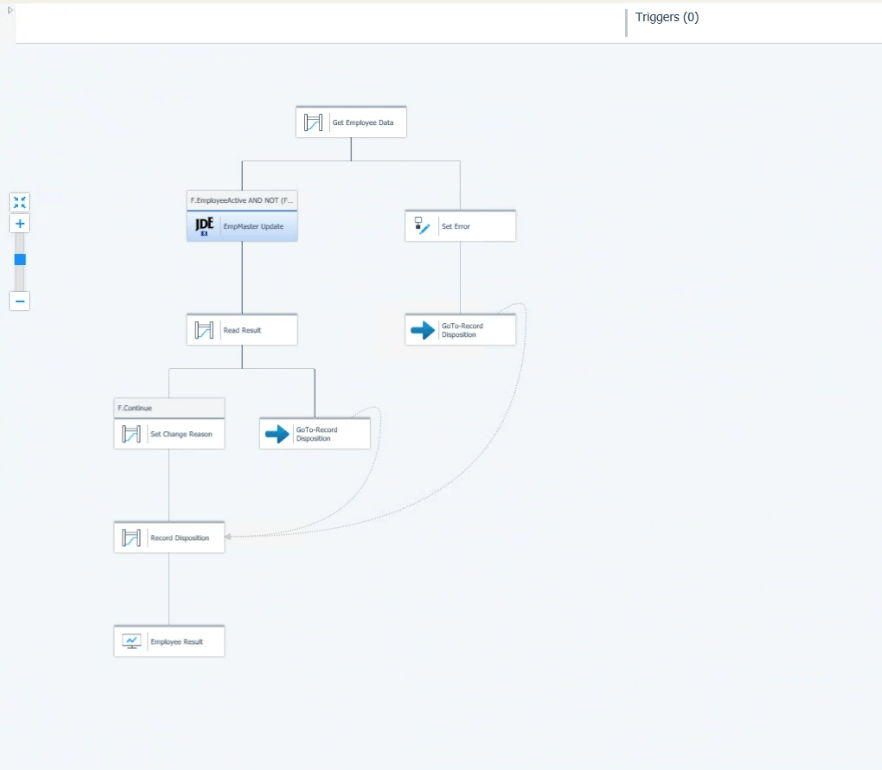
Why Integrate Oracle JD Edwards with Third-Party Software and Applications?
Integrating other business systems and applications with Oracle JD Edwards (JDE) is essential for businesses:
Centralized Data Management: JDE serves as a comprehensive enterprise resource planning (ERP) solution, consolidating core business functions such as finance, inventory, and manufacturing. Integrating with JDE enables businesses to centralize their data, providing a single source of truth for critical operational information.
Optimized Workflows: Integration with JDE streamlines business processes by automating data exchange between disparate systems. This automation reduces manual intervention, minimizes errors, and accelerates workflows such as order fulfillment, procurement, and supply chain management.
Real-Time Analytics: JDE integration facilitates access to real-time data insights, empowering decision-makers with up-to-date information for strategic planning and operational optimization. By leveraging timely analytics, businesses can identify trends, anticipate customer needs, and respond swiftly to market dynamics.
Competitive Differentiation: Integration with JDE confers competitive advantages by enhancing operational efficiency, customer service, and agility. Businesses can achieve faster order processing, improved inventory management, and superior customer experiences, positioning themselves ahead of competitors in the market.
JD Edwards Integration – Your Next Steps
Evaluate Your Needs: Assess your integration requirements. What systems need to communicate with JDE (e.g., EDI, CRM, HR, logistics)? Visualize your end-to-end business processes. How does information flow within your organization?
Reach Out: Connect with EDI2XML, the integration experts with over 24 years of experience. We’ll guide you through the process, tailor solutions to your unique needs, and ensure a successful implementation.

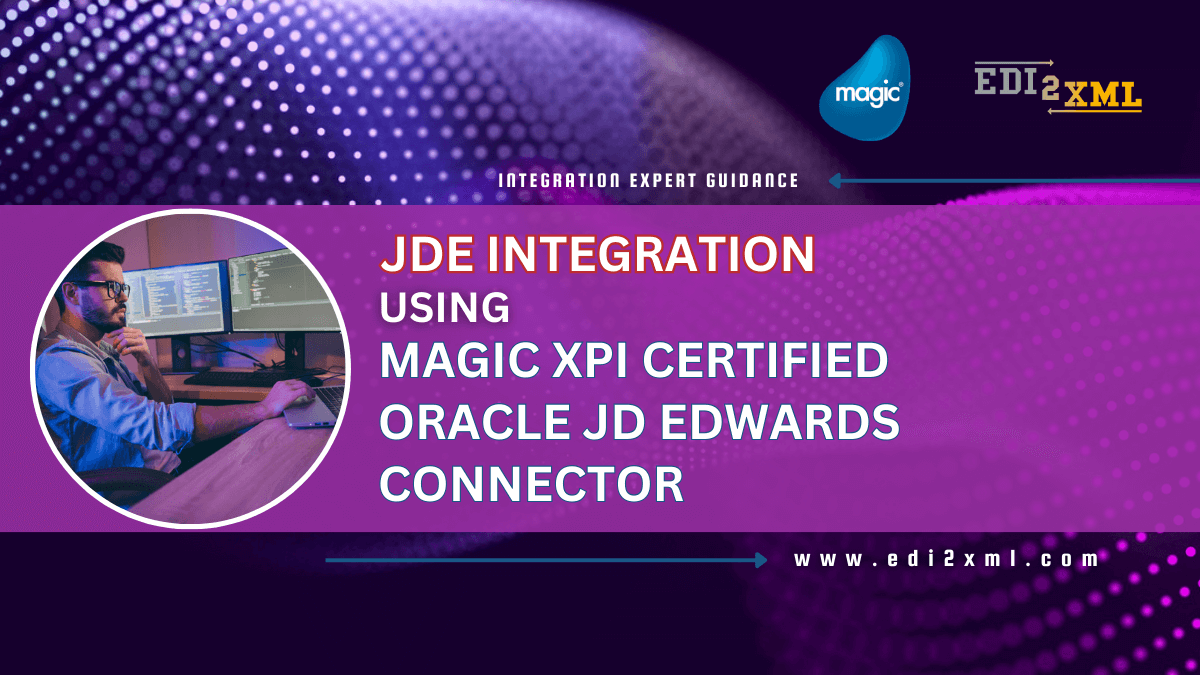
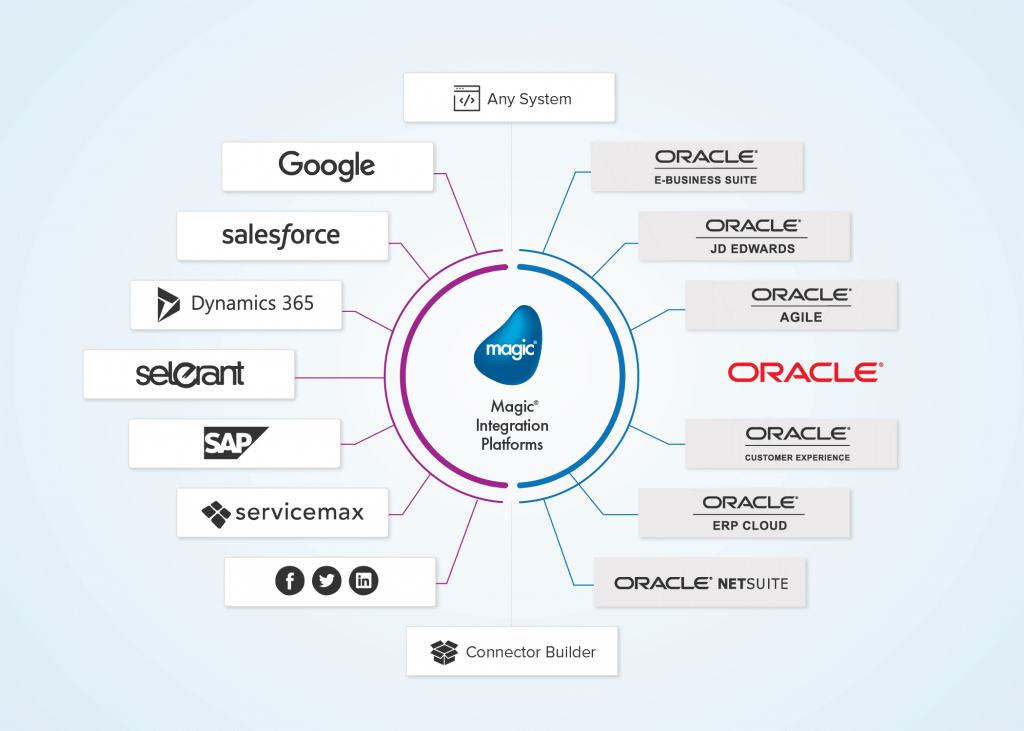

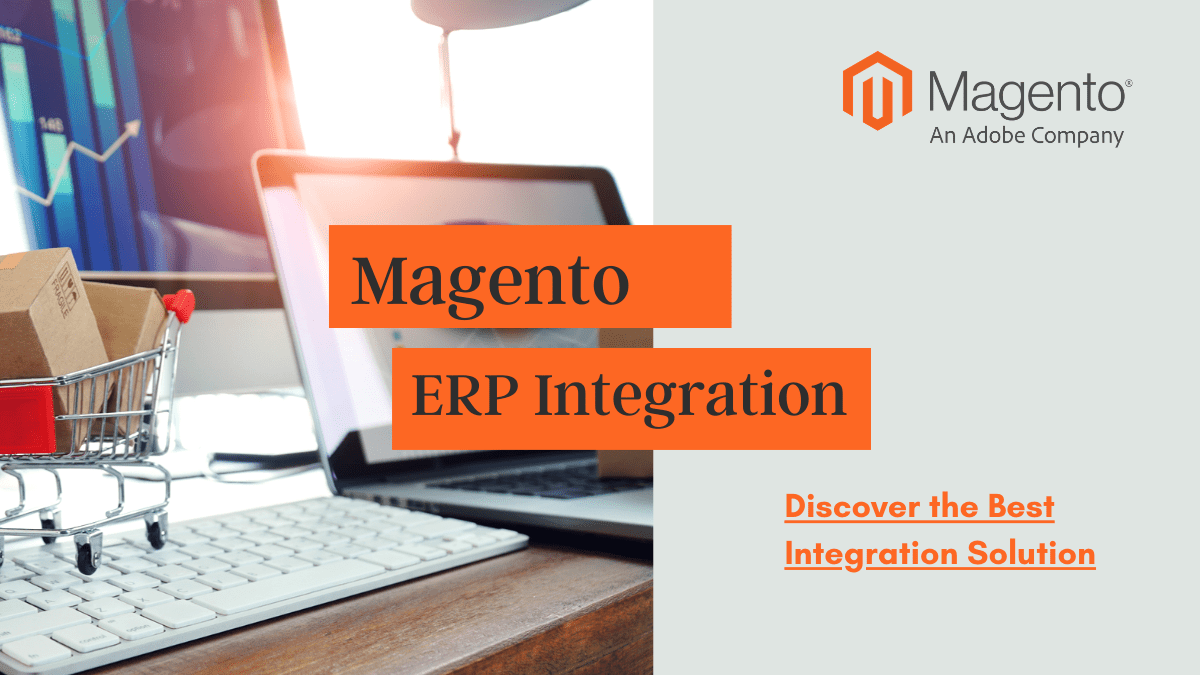
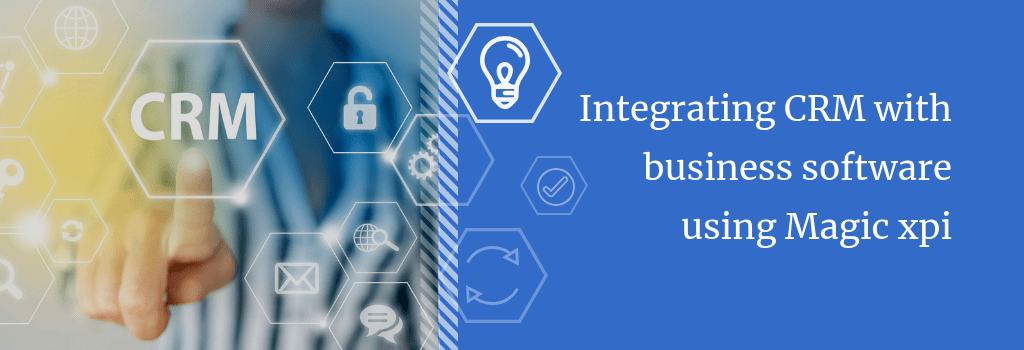




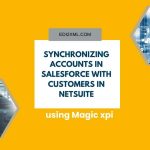

Leave a Reply
Want to join the discussion?Feel free to contribute!